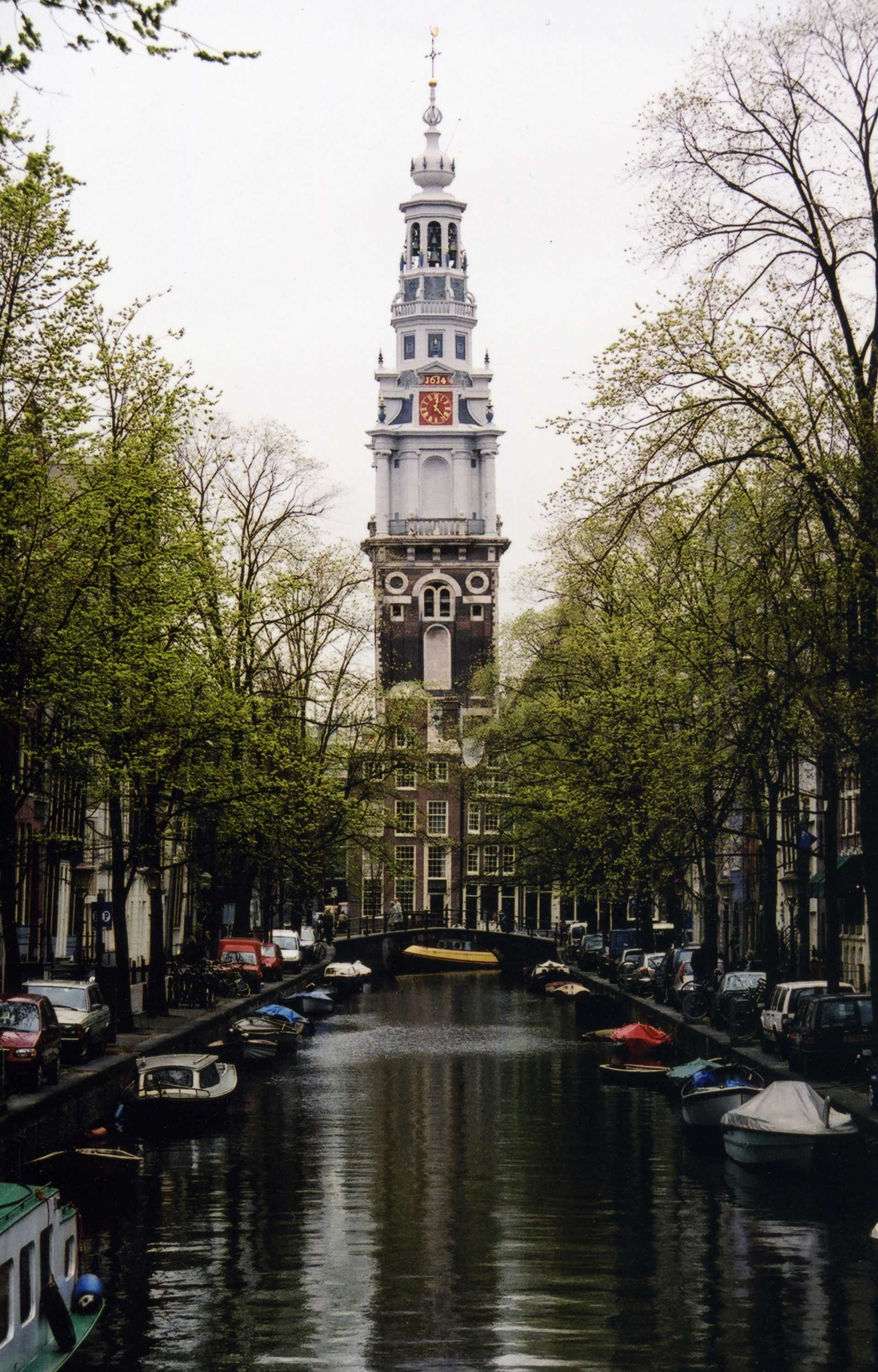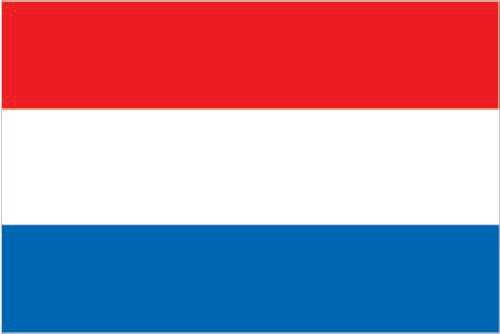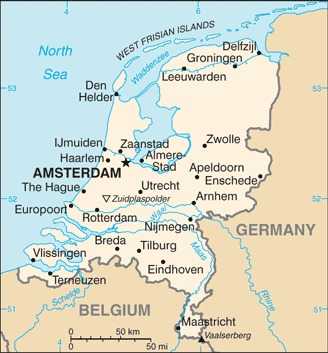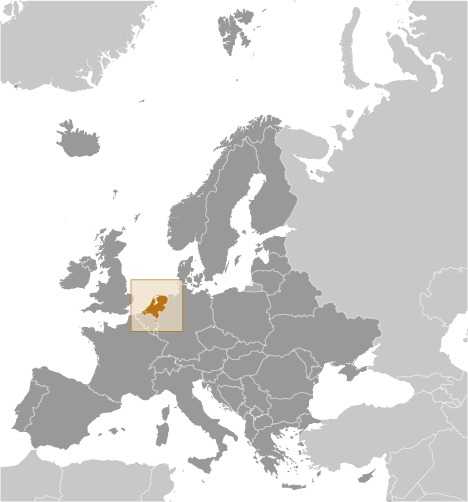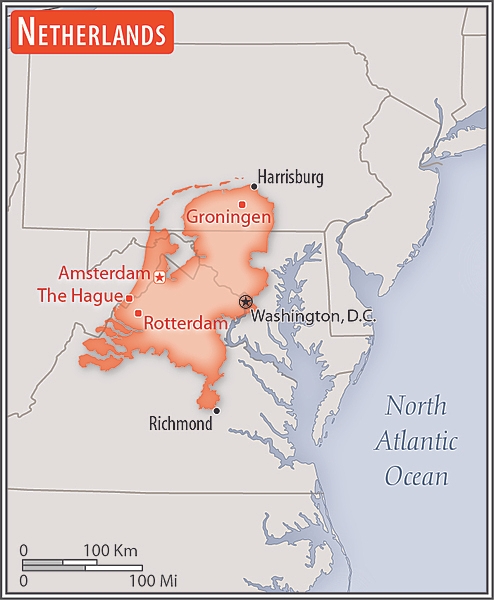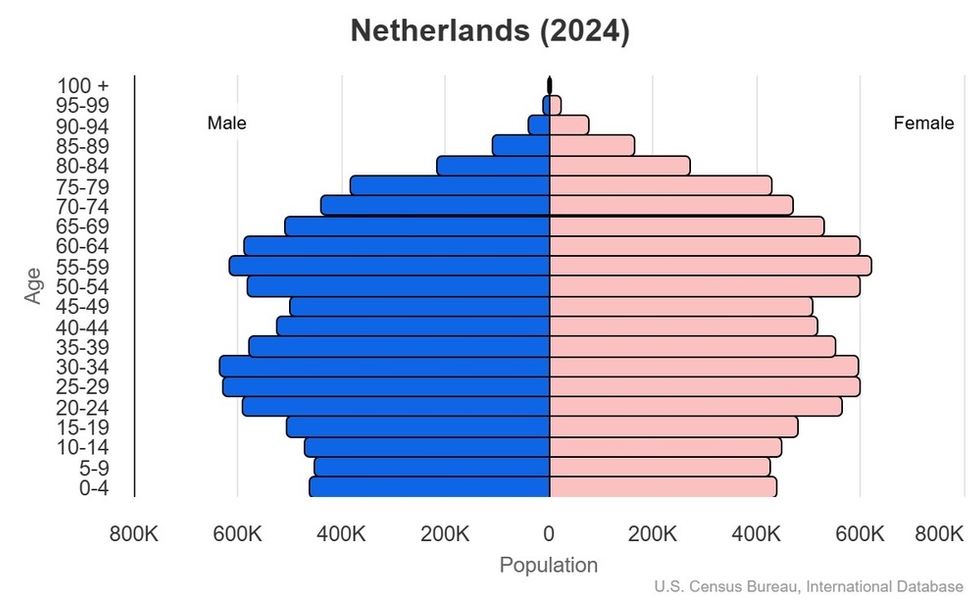Introduction
Visit the Definitions and Notes page to view a description of each topic.
Geography
People and Society
Population
comparison rankings: total 71; male 70; female 71
Median age
comparison ranking: total 44
Population growth rate
comparison ranking: 160
Birth rate
comparison ranking: 175
Death rate
comparison ranking: 38
Net migration rate
comparison ranking: 37
Maternal mortality ratio
comparison ranking: 176
Infant mortality rate
comparison ranking: total 194
Life expectancy at birth
comparison ranking: total population 39
Total fertility rate
comparison ranking: 180
Obesity - adult prevalence rate
comparison ranking: 99
Alcohol consumption per capita
comparison ranking: total 40
Tobacco use
comparison ranking: total 77
Education expenditure
comparison ranking: Education expenditure (% GDP) 58
Environment
Carbon dioxide emissions
comparison ranking: total emissions 33
Government
Economy
Real GDP (purchasing power parity)
comparison ranking: 28
Real GDP growth rate
comparison ranking: 175
Real GDP per capita
comparison ranking: 17
Inflation rate (consumer prices)
comparison ranking: 107
GDP - composition, by sector of origin
comparison rankings: agriculture 158; industry 144; services 34
Industrial production growth rate
comparison ranking: 155
Labor force
comparison ranking: 54
Unemployment rate
comparison ranking: 60
Youth unemployment rate (ages 15-24)
comparison ranking: total 137
Gini Index coefficient - distribution of family income
comparison ranking: 144
Public debt
comparison ranking: 85
Taxes and other revenues
comparison ranking: 18
Current account balance
comparison ranking: 4
Reserves of foreign exchange and gold
comparison ranking: 35
Energy
Electricity
comparison rankings: installed generating capacity 25; consumption 32; exports 9; imports 13; transmission/distribution losses 162
Energy consumption per capita
comparison ranking: 20
Communications
Telephones - fixed lines
comparison ranking: total subscriptions 31
Telephones - mobile cellular
comparison ranking: total subscriptions 61
Broadband - fixed subscriptions
comparison ranking: total 29
Transportation
Merchant marine
comparison ranking: total 21
